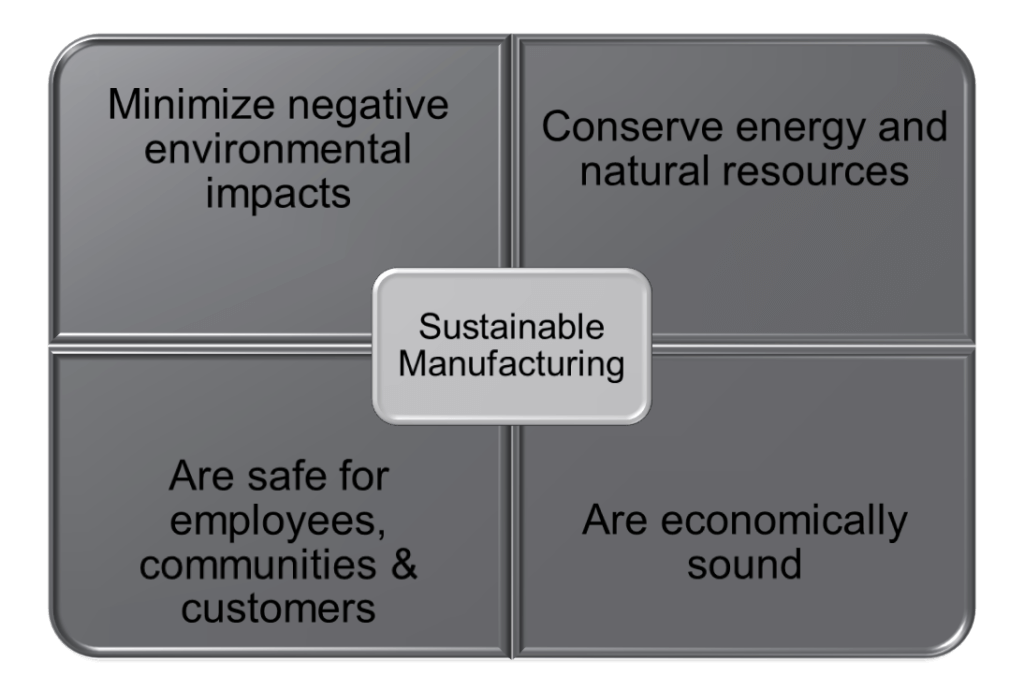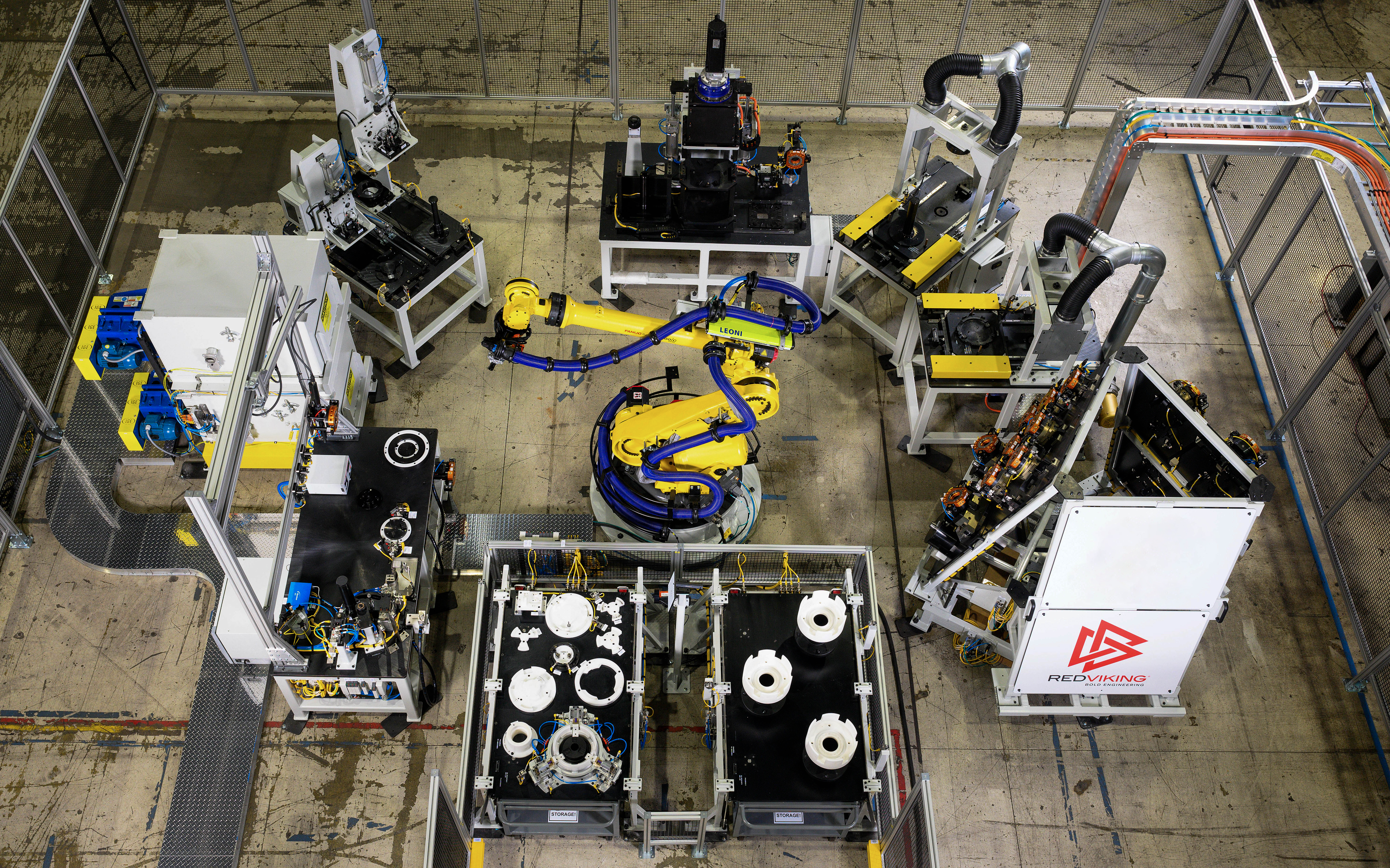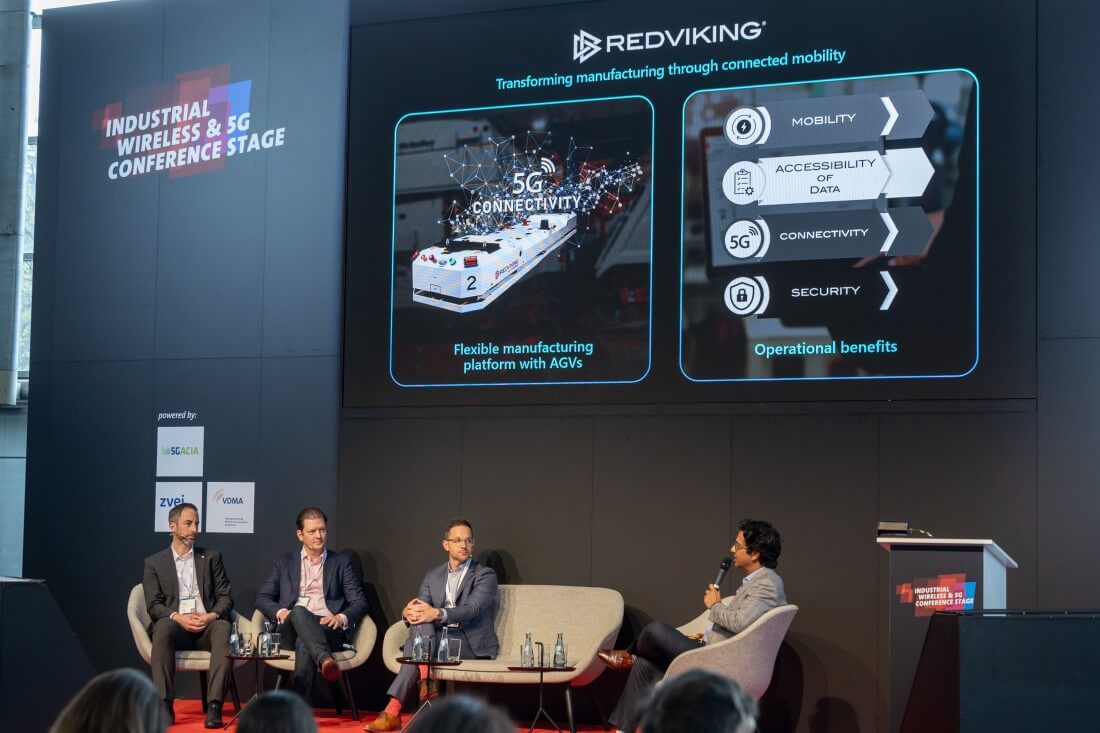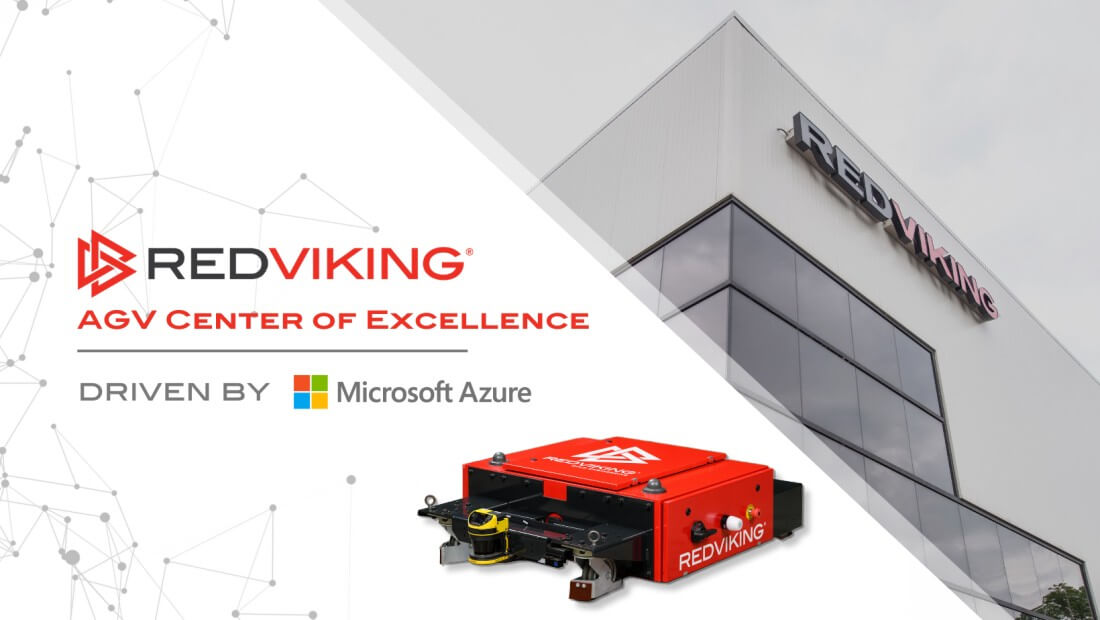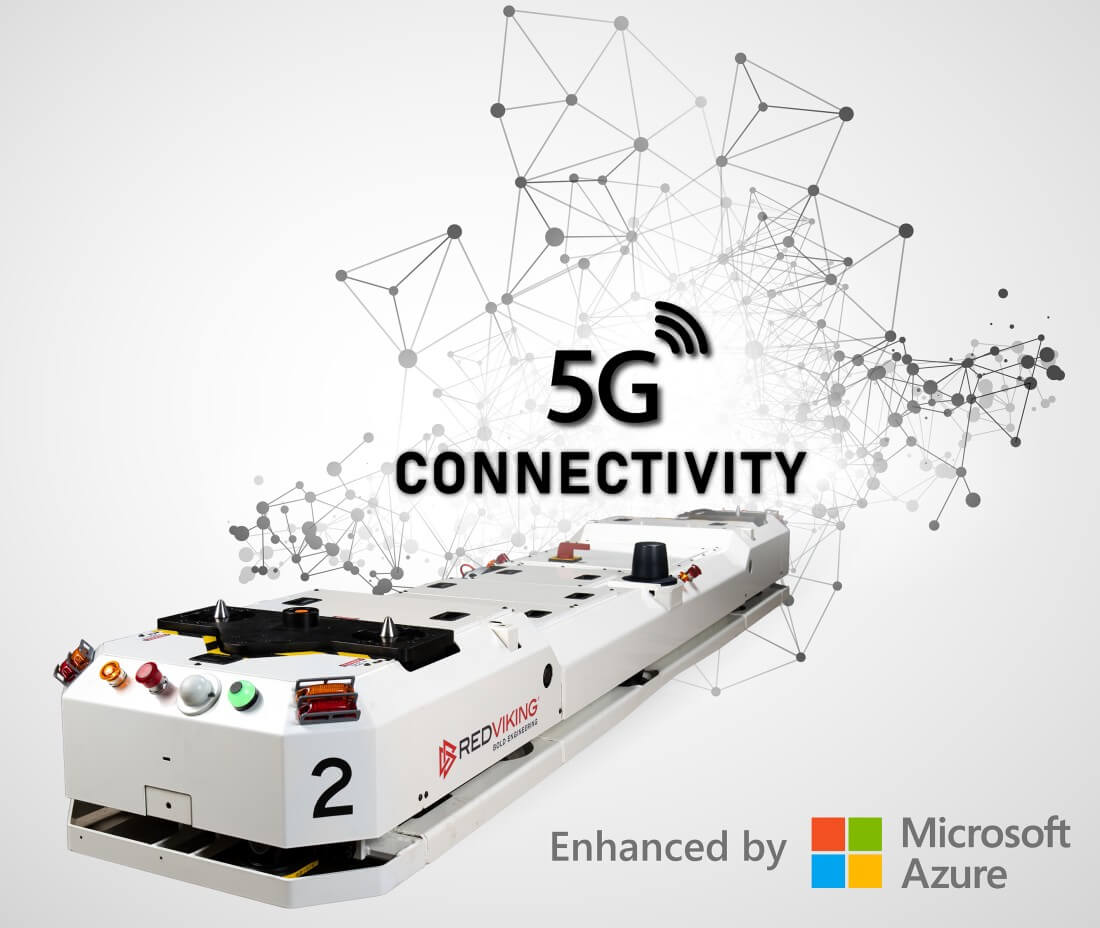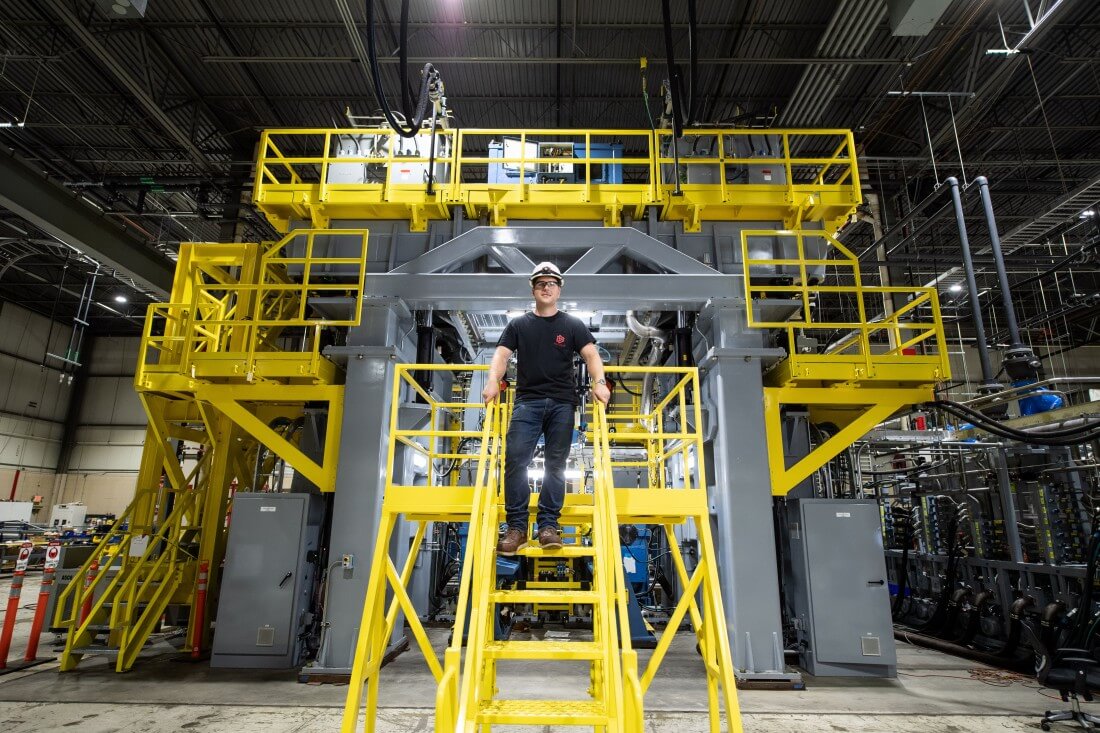White Paper: Sustainability – Beyond Turning the Lights Off
RedViking is pleased to announce that our VP of Operations, Rod Emery, will present White Paper 2015-01-1299, “Sustainability: Beyond Turning the Lights Off” at the 2015 SAE World Congress. The presentation will take place at 2:30pm on Tuesday, April 21st at Cobo Center in Detroit, Michigan. The focus of Rod’s presentation will be on expanding sustainable manufacturing into a
4-pronged approach as defined by the U.S. Department of Commerce. He’ll discuss how machines and assembly lines can be designed to have a more positive environmental impact from the start. Rod will present a high level overview of his white paper, which will be published and available for purchase from SAE after the event. RedViking has a longstanding commitment to sustainable manufacturing. To learn more, you can email Rod at remery@redviking.com. SAE World Congress is an annual automotive event featuring technical sessions and exhibits. For more information about the 2015 SAE World Congress, please visit www.sae.org/congress.
White Paper Abstract There is increasing pressure for manufacturers to go “green.” Automotive OEMs are improving their own sustainability practices and demanding environmental accountability from their vendors. Sustainable manufacturing is defined by the U.S. Department of Commerce as the creation of manufactured products using processes that: 1: Minimize negative environmental impacts 2: Conserve energy and natural resources 3: Are safe for employees, communities and consumers 4: Are economically sound Installing low-energy lighting and adding recycling bins have had a positive effect, but manufacturers must take a comprehensive view of sustainability to have a continuing impact. This white paper will address some “out of the box” methods to improve sustainability of automotive assembly. Case study data will be included with examples of applications in each area.
1: Minimize negative environmental impacts
1.1: Minimize waste: Reduce equipment waste, such as conveyance scrap metal during line change, discarded AGV batteries and obsolete machines. Assembly lines must be designed for flexibility and scalability.
1.2: Minimize facility and machine sprawl: Design machines, automation and conveyance to optimize existing floor space and avoid sprawl. Use equipment health monitoring to extend machine and tool life.
2: Conserve Energy and Natural Resources
2.1: Minimize energy use: Select equipment and strategies to reduce energy use, such as electrical and mechanical regeneration in powertrain test to reuse energy or return it to the grid.
2.2: Reduce raw material consumption: Design machines and conveyance for flexibility, scalability, portability and commonality to reduce requirements for new machines.
3: Safe for Employees, Communities and Customers
3.1: Improve ergonomics: Incorporate better material kitting and sequencing. Utilize integrated lifts, rollover automation and redesigned processes for better worker-line interactions.
3.2: Reduce risk of worker injury: Configure safety scanners by station, part and process. Choose conveyance designed for safe worker interactions.
3.3: Create a cleaner, quieter environment: Machines and conveyance options that are less mechanical offer a dual benefit of quieter and cleaner operation.
3.4: Facilitate Effective Recalls: Tracking and traceability systems create a complete product birth history, including raw materials, processes and parts. Recalled cars and parts can be quickly identified for the protection of automotive consumers and communities.
4: Economically Sound
4.1: Reduce unplanned equipment outages: Maintenance and spare parts ordering schedules can be created based on actual usage, not supplier guidelines. Tool and machine health monitoring systems capture usage data and repair requirements, reducing machine downtime.
4.2: Reduce recalls and recall impact: Manufacturing Execution Systems (MES) can quickly identify defective raw materials and parts, avoiding the addition of labor and material. Recalls are reduced and impact is limited to only the affected products.
4.3: Improve Return on Investment: A sustainable factory is a cost-effective factory. Flexible, scalable, portable machines and technologies create a line that does not have to be scrapped with every model change. Effective MES will reduce waste, increase machine life, reduce parts inventories and minimize part loss. Portable, multi-function machines will be readily repurposed to new requirements and increase their ROI.
